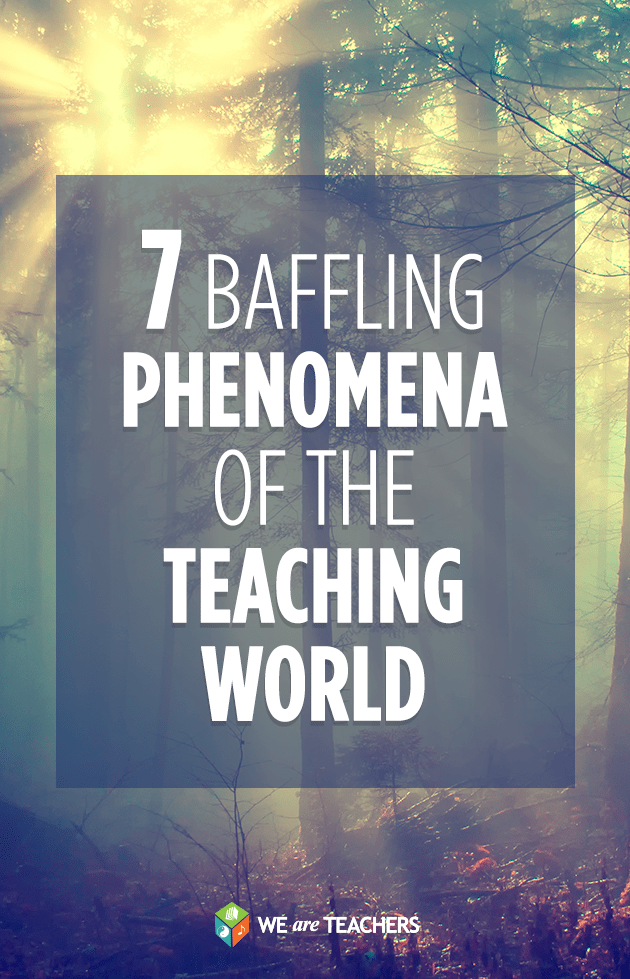
Not laboratories, demonstrations, worksheets, or movies. Getting my learners to talk through concepts, practices, and understandings had the greatest impact on their science learning. John Almarode, Ph.D., is an associate professor and executive director of teaching and learning in the College of Education at James Madison University in Virginia. Today, John Almarode, Ph.D., Paul Lennihan, and Anthony Nesbit contribute their recommendations. In Part One, Frank Dill, Cheryl Matas, and Fred Chapel shared their science favorites. What is the single most effective instructional strategy you have used to teach science? Want to learn more about Next Gen Science as a first step? Try this page on : Ĭlick here to return to the blog homepage.(This is the last post in a two-part series. And how can that best be shared with parents? Could teachers present a sample lesson to parents or make science instruction a special feature of the school’s next open house? If your school has a science fair, should the new standards be reflected in student projects? Īs a parent leader, you can ask district officials or your school principal what is happening around science instruction and environmental education, and whether teachers are working with the new standards.

The lessons on the EEI website, which cover a wealth of topics and grade levels, can give you some ideas. The initiative provides a wealth of ideas for how teachers can start with questions about the environment and use them to help students explore questions of science, engineering and much more.Īs a parent, you can use the same kind of question-based approach to explore science and environmental topics with your kids, even if none of you think of yourselves as scientists.
#SCIENCE PHENOMENA BASED TEACHING FREE#

Research shows that doing so can ignite students’ interest in science and engineering, especially if science in school is introduced at an early age. California’s new approach to science instruction, called the Next Generation Science Standards (NGSS) recognizes and encourages that natural curiosity.

Our kids’ “why” questions provide near-constant reminders of their curiosity about the world. “Why does the light on the ceiling go on when I flip the switch on the wall?” “Why can a cactus survive without water when a willow tree can’t?” Tips for Parents of Students with Special Needs.



 0 kommentar(er)
0 kommentar(er)
